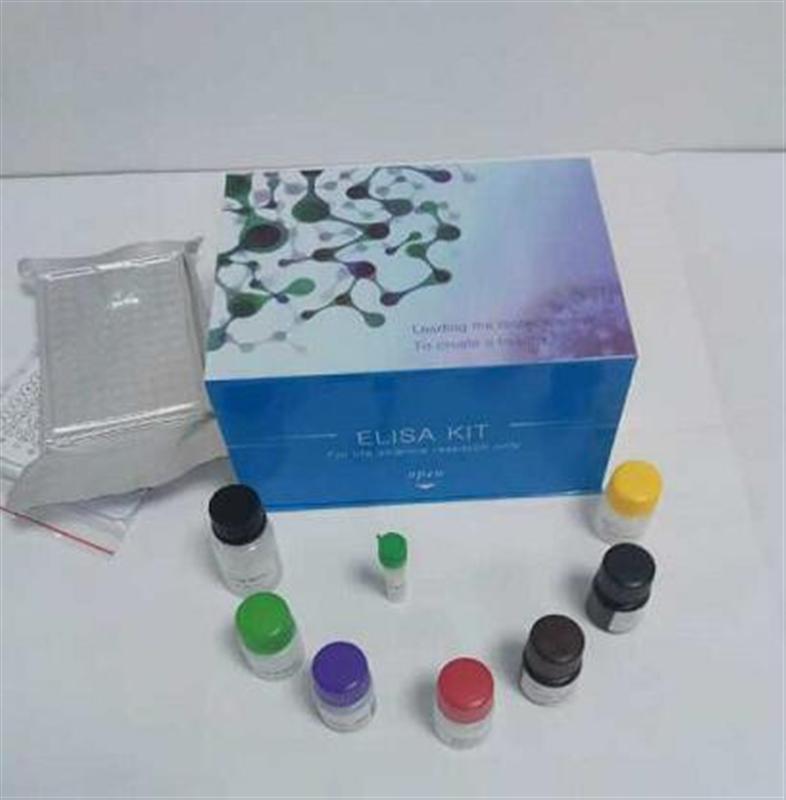ELISA experiment must learn: washing method - Database & Sql Blog Articles
After the plate is washed, it removes non-specific binding — meaning it doesn’t react with your target in the sample. This step is crucial to ensure that any residual material in the liquid doesn’t interfere with your results. You need to wash the plate multiple times to remove unbound substances from the wells. However, the specific bindings, like primary antibodies or secondary antibodies, are tightly attached and won't be removed during washing. If you skip this step, leftover materials can cause false positives and increase background noise, which is a major issue in ELISA experiments. Proper washing helps reduce background signals and improves the signal-to-noise ratio, making your data more accurate.
There are two main methods for washing the plate:
The enzyme-linked immunosorbent assay (ELISA) is a powerful technique that combines the high specificity of antigen-antibody interactions with the sensitivity of enzyme-catalyzed reactions. This makes it ideal for detecting and quantifying antigens or antibodies at very low concentrations — even down to microgram or nanogram levels. Additionally, it allows for precise localization of targets within cells or subcellular structures. Its strong specificity and high sensitivity make ELISA one of the most widely used techniques in immunology and diagnostic testing.
Beginner Dry Herb Vaporizers,Hookah Dry Herb Vaporiser,Tobacco Dry Herb Vaporiser,Portable Dry Herb Vaporiser Pen END GAME LABS , https://www.eglvape.com
1. **Automatic**: If you have access to an automated washer, it’s best to use it after becoming familiar with its operation. It ensures consistency and efficiency during the experiment.
2. **Manual**: For manual washing, carefully remove the liquid from each well using a pipette or by aspiration. Be cautious not to touch the plate surface. Place several layers of absorbent paper on your workbench, then gently blot the plate several times. It's recommended to add at least 0.3 ml of wash buffer into each well, let it soak for 1–2 minutes, and repeat the process as needed.
